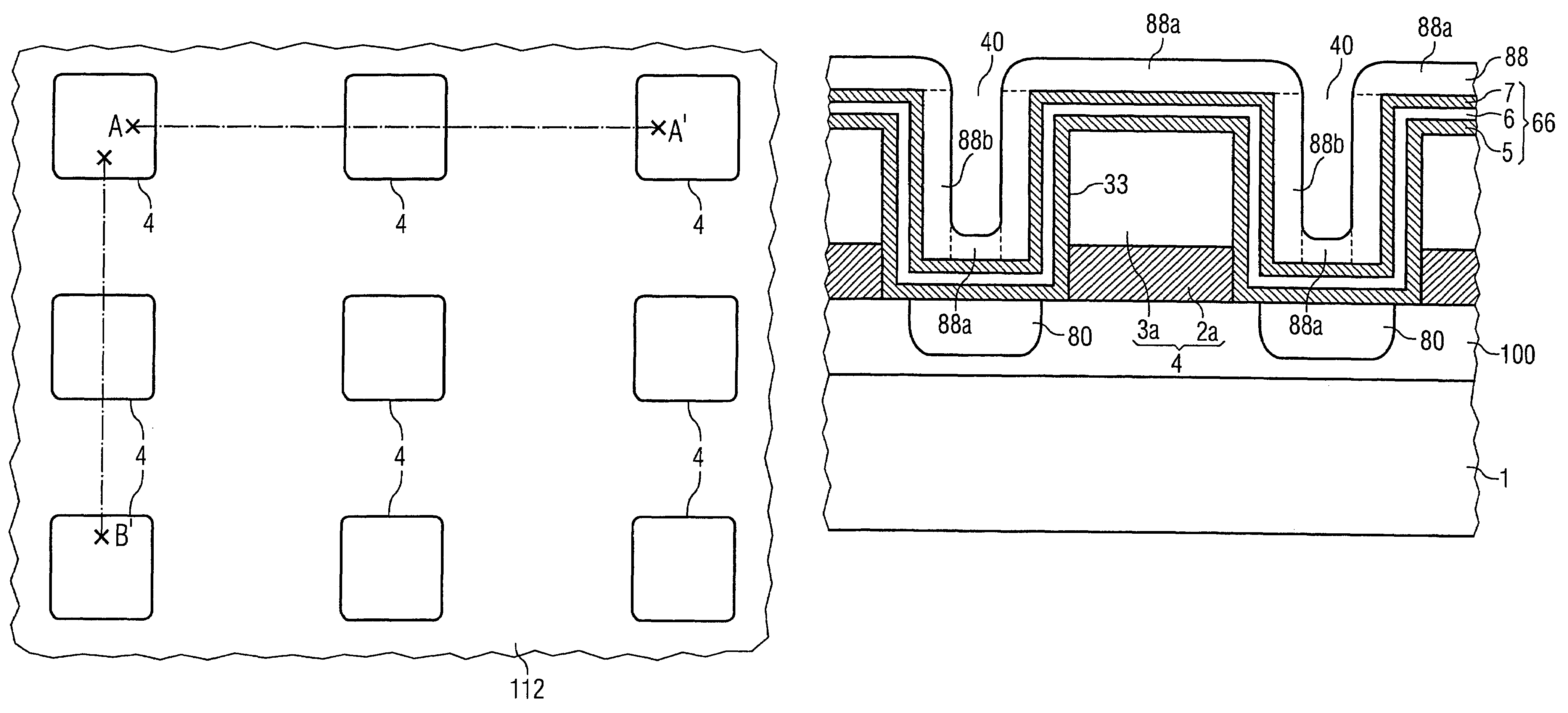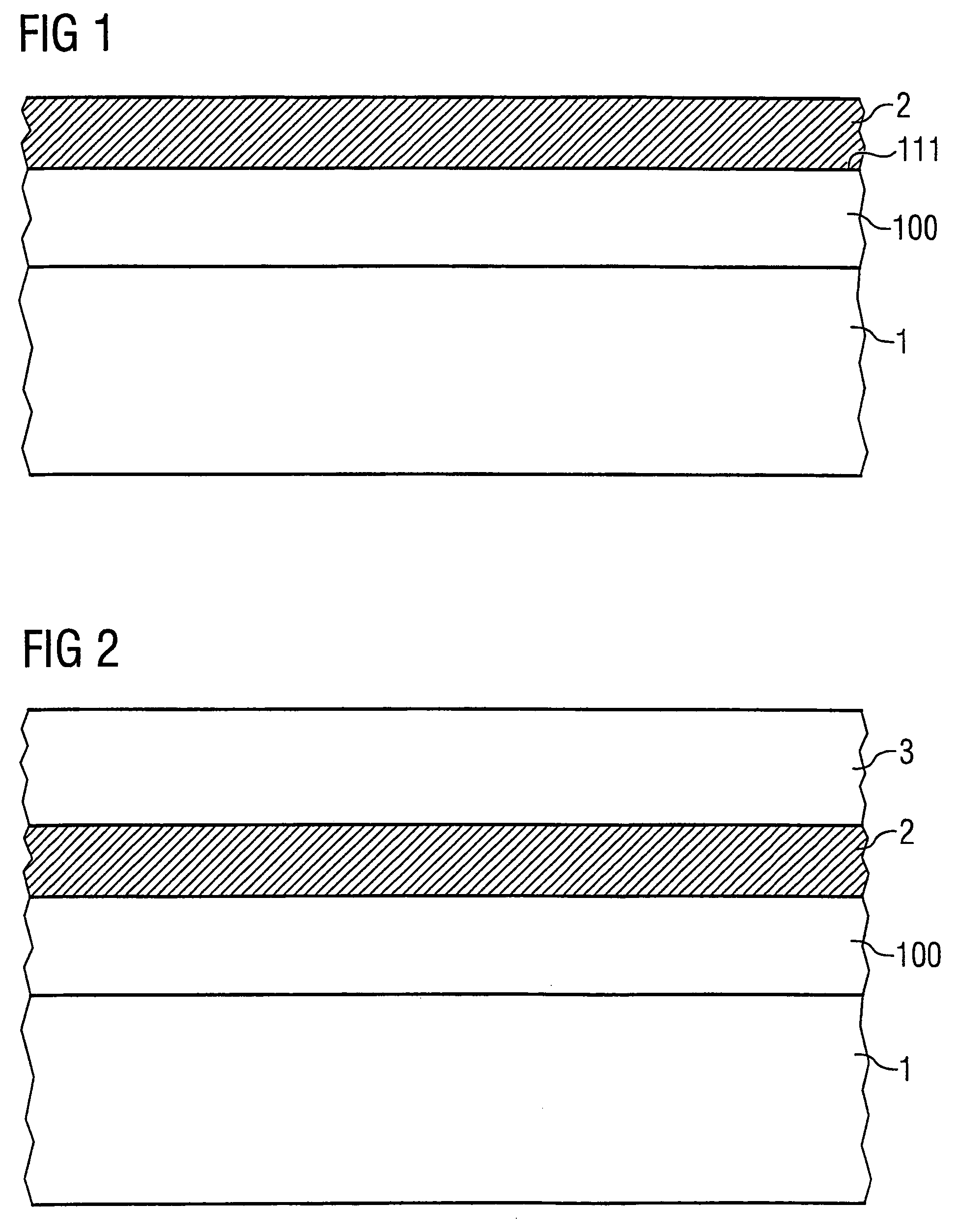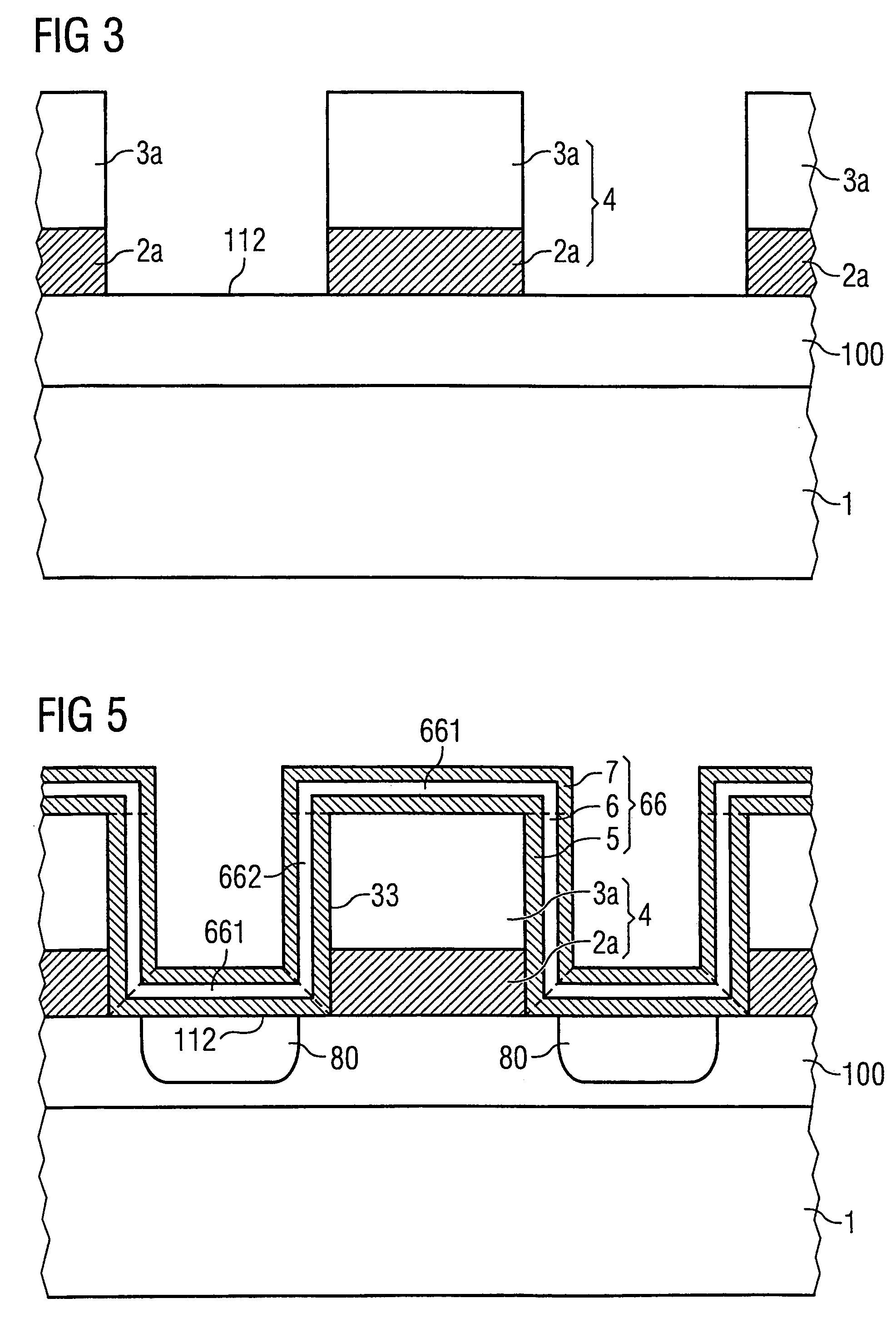Semiconductor device and method of producing a semiconductor device
a semiconductor and semiconductor technology, applied in semiconductor devices, semiconductor/solid-state device details, electrical equipment, etc., can solve the problems of unintended injection into the nitride layer of state-of-the-art nrom cells above the channel region, inability to program rom electrically, and expensive and time-consuming redesign of special masks
- Summary
- Abstract
- Description
- Claims
- Application Information
AI Technical Summary
Benefits of technology
Problems solved by technology
Method used
Image
Examples
Embodiment Construction
[0054]Preferred embodiments are discussed in detail below. It should be noted, though, that the present invention provides many applicable concepts that can be embodied in a wide variety of specific contexts. The specific embodiments discussed are merely illustrative of specific ways to make and use the invention and do not limit the scope of the invention.
[0055]A production process of a semiconductor device comprises a plurality of steps to form patterned layers onto or into a substrate, which is in general monocrystalline silicon. A first embodiment production process of an inventive memory cell is described below and illustrated in FIGS. 1 to 14. These figures show cross-sections and top views of a small region of intermediate products of a semiconductor memory device.
[0056]FIG. 1 shows a cross-section of a region of an intermediate product of a semiconductor device. A semiconductor (e.g., silicon) substrate 1 is provided. A top surface 111 of the semiconductor substrate 1 is cov...
PUM
 Login to View More
Login to View More Abstract
Description
Claims
Application Information
 Login to View More
Login to View More - R&D
- Intellectual Property
- Life Sciences
- Materials
- Tech Scout
- Unparalleled Data Quality
- Higher Quality Content
- 60% Fewer Hallucinations
Browse by: Latest US Patents, China's latest patents, Technical Efficacy Thesaurus, Application Domain, Technology Topic, Popular Technical Reports.
© 2025 PatSnap. All rights reserved.Legal|Privacy policy|Modern Slavery Act Transparency Statement|Sitemap|About US| Contact US: help@patsnap.com



